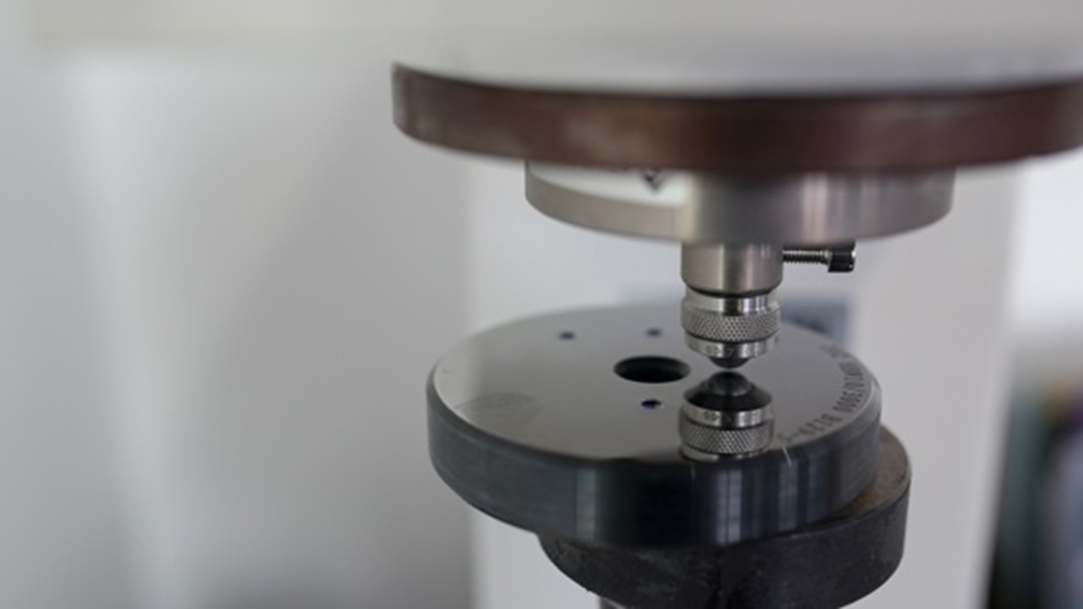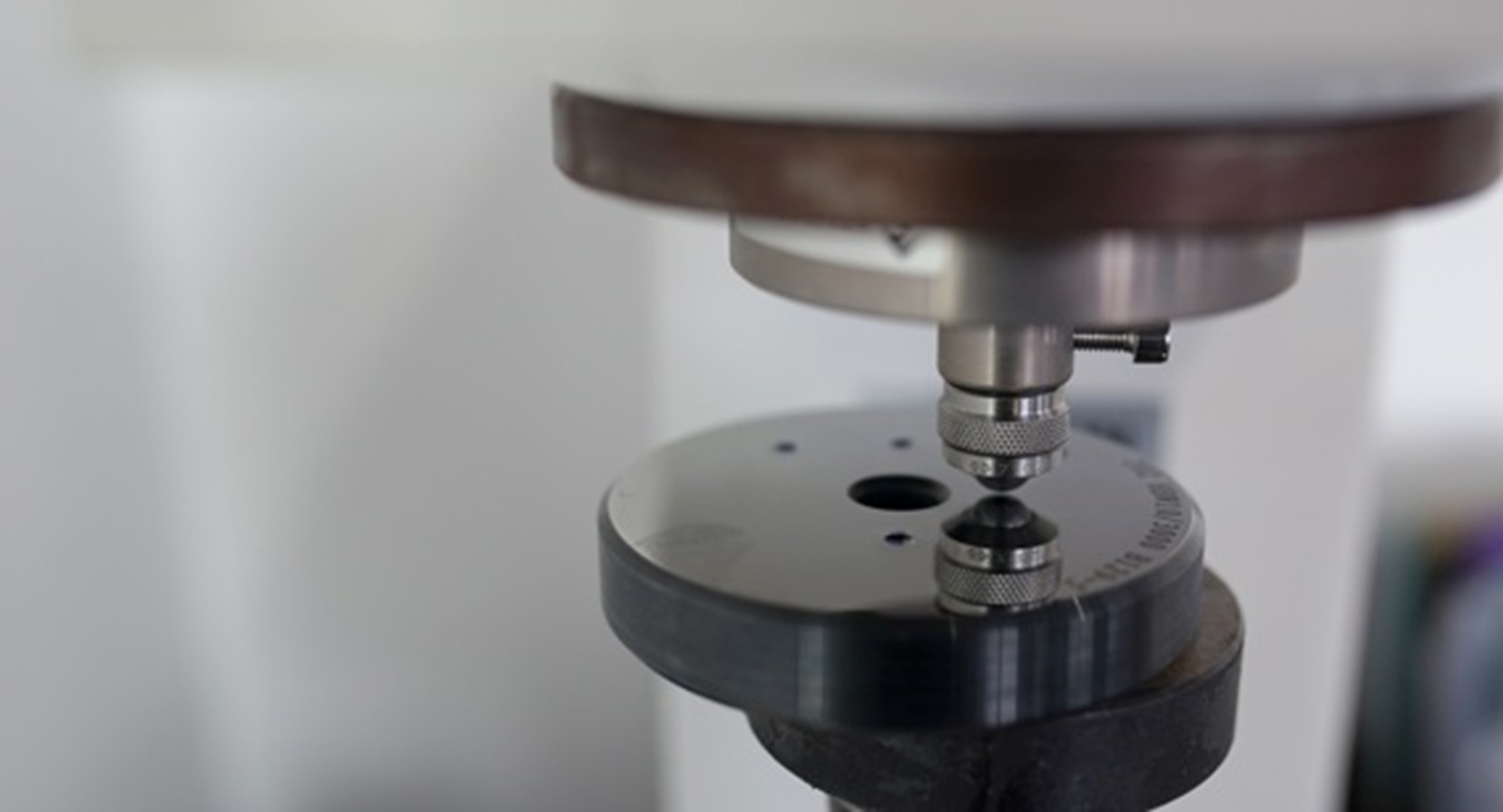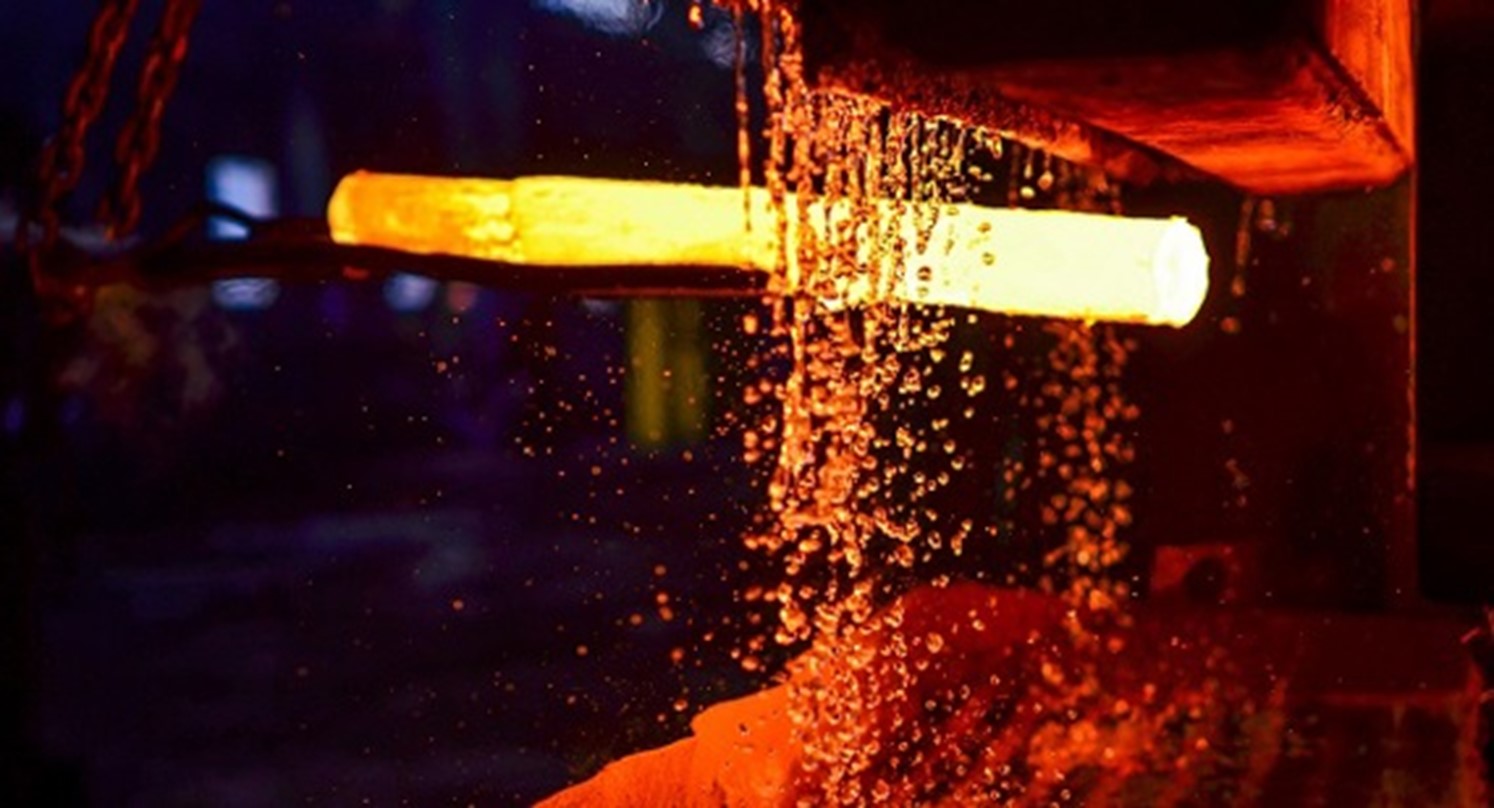
Ensuring the right level of hardness for your CNC machined part.
When selecting the right material for your CNC machined part, hardness is often one of the key considerations. Harder materials resist deformation and scratches, making them longer-lasting and easier to clean and maintain. However, you will often sacrifice toughness if you require a hard material. It may sound contradictory, but if you take glass as an example, it is hard, but its toughness is extremely weak, making it very fragile. On the other side of the scale, plastics are often tough but less resistant to surface and impact damage than metals.
So, you’ve decided you want a hard material, but how can you test it to ensure it has the required level of hardness? And if the material you select isn’t hard enough, is there a way to make it harder? Let’s explore those questions in more detail.
How to test material hardness?
When it comes to testing the hardness of your material, there are four generally used methods in CNC machining (and digital manufacturing in general): the Rockwell, Brinell, Vickers and Leeb methods.
Rockwell is a common choice due to its non-destructive methodology, suitable for various manufacturing materials. Brinell is better for softer materials or materials with coarse microstructures. If you require precise measurements for materials with high hardness or thin coatings, Vickers may be the most suitable testing method for you. Finally, when needing to perform on-site tests, Leeb offers portability and convenience.

At Protolabs, most of our Datasheets use figures achieved through Brinell and Rockwell methods. The table below shows a small selection of our metal materials and the numbers they achieve.
Type
Material
Hardness HB Brinell Hardness (KgF/mm2)
HRB Rockwell B
HRC Rockwell C
Aluminium
Aluminium 6082 T651 | 3.2315 | AlSi1MgMn
90
[~52]
Aluminium
Aluminium 7075 T651 | 3.4365 | AlZn5.5MgCu
150
[~80]
Stainless Steel
Stainless Steel 17-4PH | 1.4542 | X5CrNiCuNb16-4
AS MACHINED
<365 (Solution annealed)
[~100]
[~40]
Stainless Steel
Stainless Steel 17-4PH | 1.4542 | X5CrNiCuNb16-4
HEAT TREATED
400 to 500 (heat treatment H900)
[~114 to 117]
[~43-47]
What options are there for making my low-hardness material harder?
So, you found a material that ticks all the boxes, but it’s not hard enough for what you need. What are your options? Well, depending on your material, there may be a few.
Options include case hardening, carburising, nitriding, carbonitriding, induction hardening, flame hardening, quenching, precipitation hardening and anodising. So what do all these words mean? And how do they compare?
- Case Hardening a process used to enhance the surface of a metal object, typically steel, while keeping the interior relatively softer and more ductile.
- Carburising a heat treatment used to increase the carbon content on the surface layer of low-carbon steel or iron-based alloys.
- Nitriding a surface-hardening process used to enhance metal surface properties, primarily steel.
- Carbonitriding a surface hardening process used to improve steel's properties by introducing carbon and nitrogen to the surface layer of the metal.
- Induction Hardening a surface heat treatment used to increase the hardness and wear resistance of specific areas of metal components.
- Flame Hardening a heat treatment process used to increase the hardness and wear resistance of specific areas of metal components, particularly steel.
- Quenching is a critical step in the heat treatment of metals, particularly in processes like hardening, tempering, or annealing. It involves rapidly cooling a heated metal workpiece after it has reached a specific temperature.
- Precipitation Hardening a heat treatment process used to increase the strength and hardness of certain materials and alloys.
- Anodising an electrochemical process that creates a protective oxide layer on the surface of metals, particularly aluminium, and its alloys. This process enhances the metal’s corrosion resistance, durability, and appearance.
Heat Treatment
Purpose
Examples of Compatible Materials
Case Hardening & Carburising
To increase the surface hardness of the metal part, while keeping the core soft.
Mild Steels.
Nitriding
To improve hardness, wear resistance and fatigue strength of metal whilst maintaining a more ductile core.
Steel and iron-based alloys.
Carbonitriding
To increase hardness and wear resistance whilst maintaining a tougher car.
Steels and certain iron-based alloys.
Induction Hardening & Flame Hardening
To increase hardness and wear resistance of specific areas of metal components.
Carbon steels and steel alloys.
Quenching
To increase the hardness of the steel alloy.
Mild steels (1045, A36) Alloy steels (4140, 4240) Tool steels (D2, A2, O1)
Precipitation Hardening (Aging)
To increase the hardness & strength of the metal alloy.
Aluminium alloys and Stainless Steel (17-4).
Anodising
To enhance metal corrosion resistance, durability and appearance.
Aluminium and Aluminium alloys.

So, there you have it; now you know how to test the hardness of a material and what can be done to make it harder. Whilst this design tip featured primarily on CNC materials and how they can be tested and hardened, the testing methodology is not limited to machining. For example, most of our 3D printed materials have hardness figures available and options for treatments such as annealing, ageing and HIP; learn more here.
If you wish to learn more about material hardness testing, you can read our explorative guide. For further information on what material hardening options are available through our partner network, view our heat treatments for CNC machined parts page. For advice and support, please reach out to our applications engineer team by calling +44 (0) 1952 683047.





